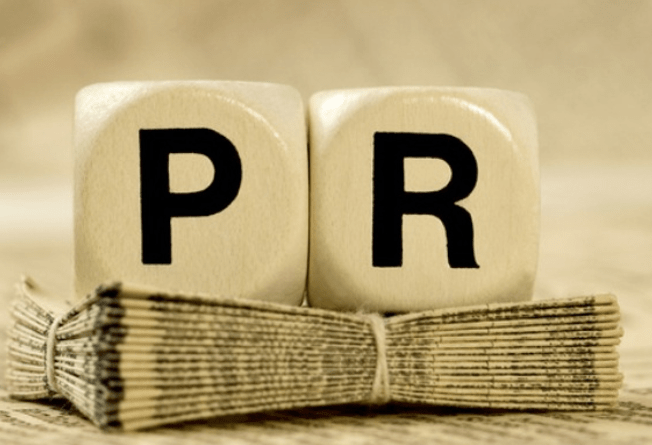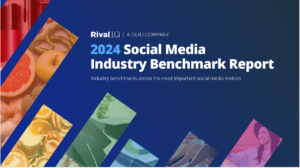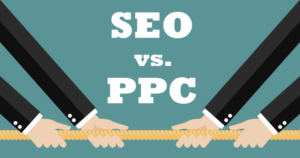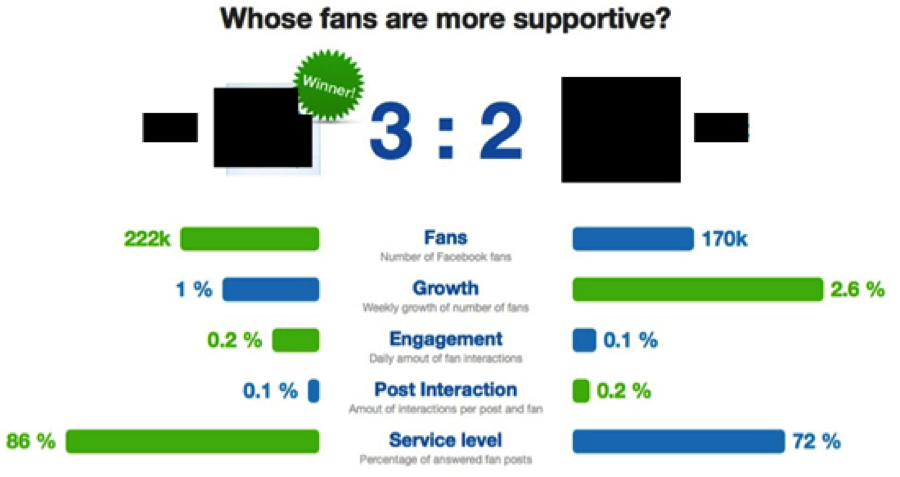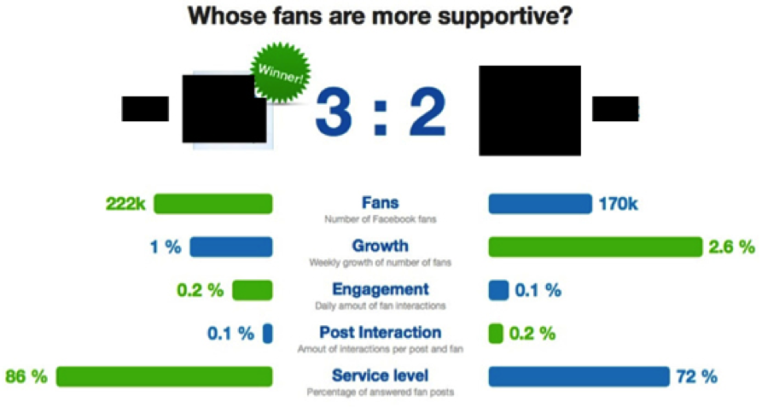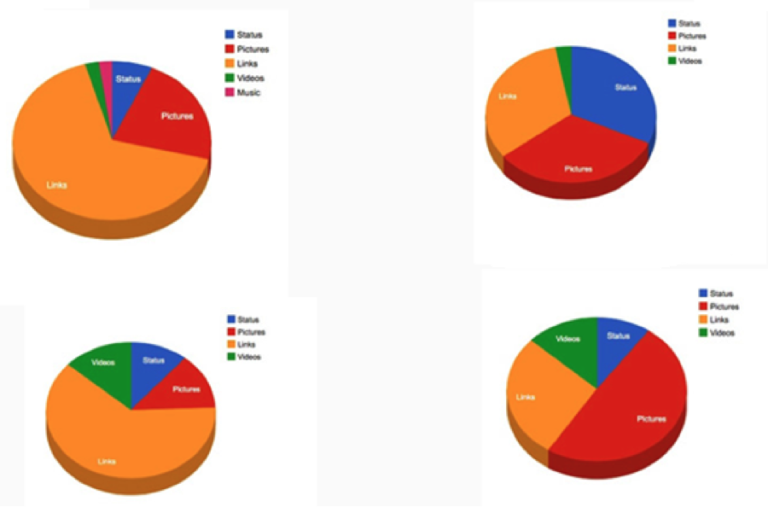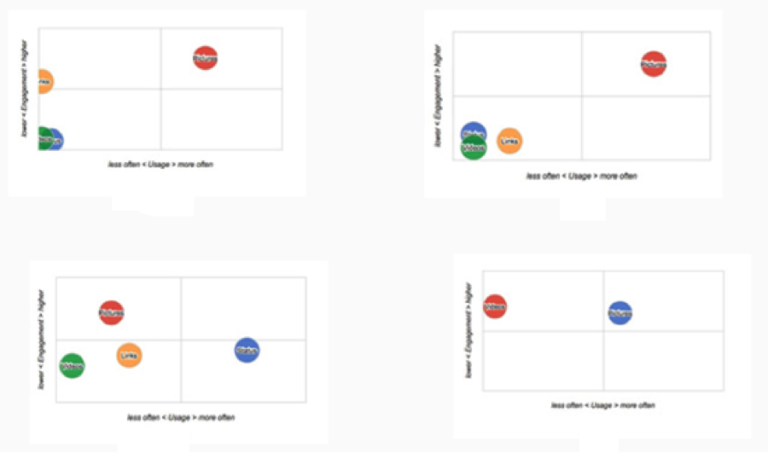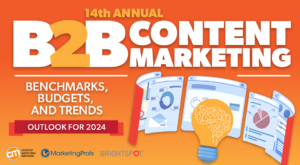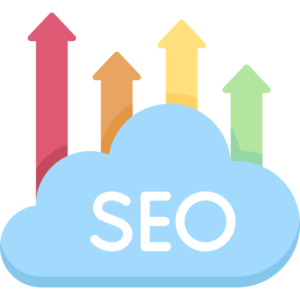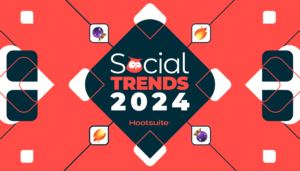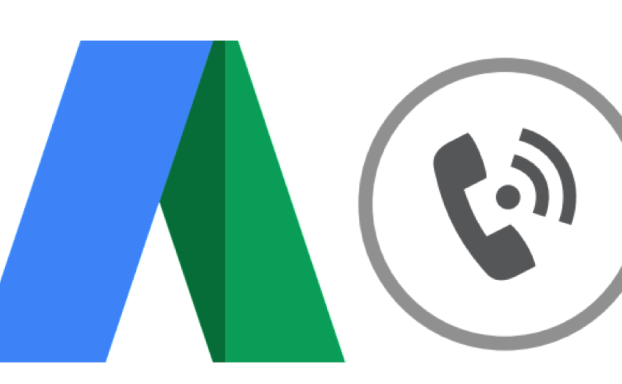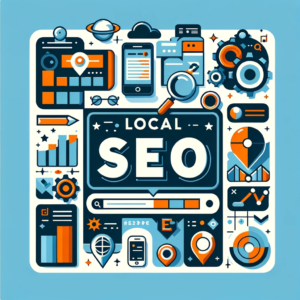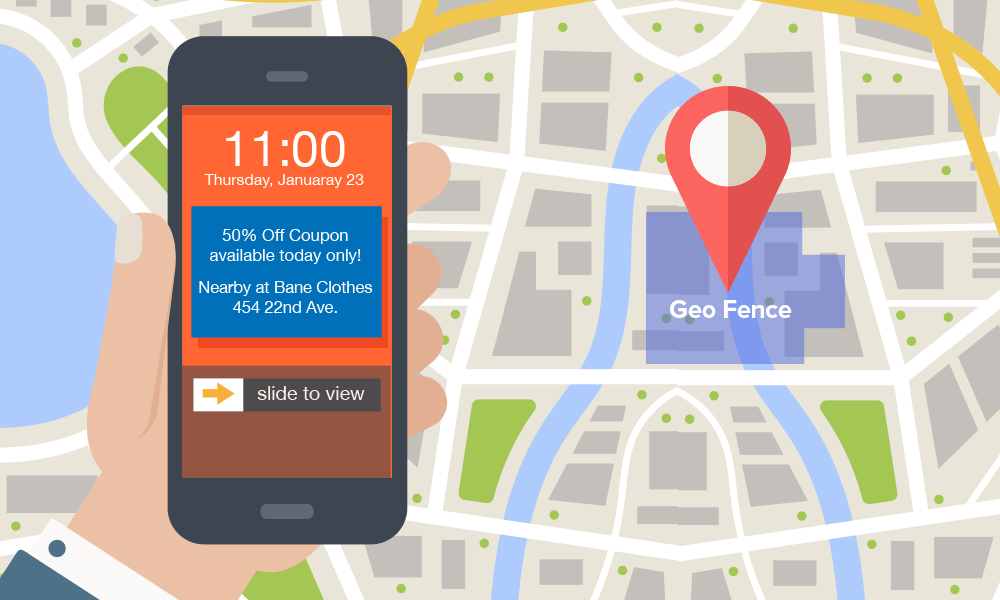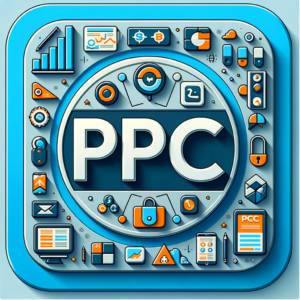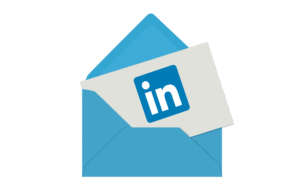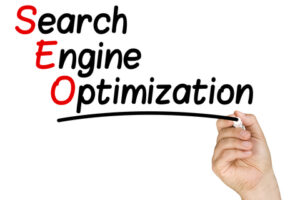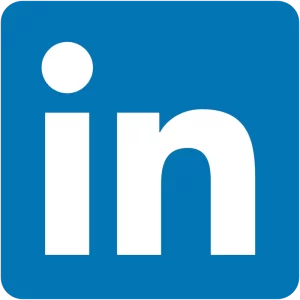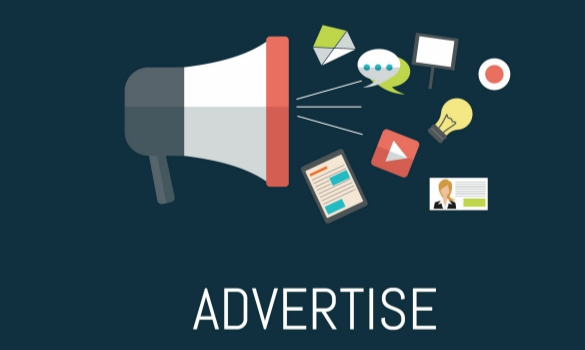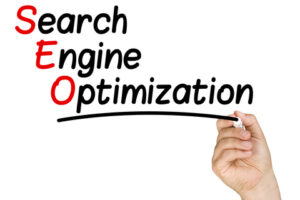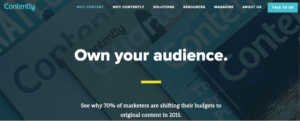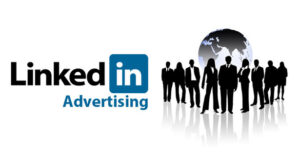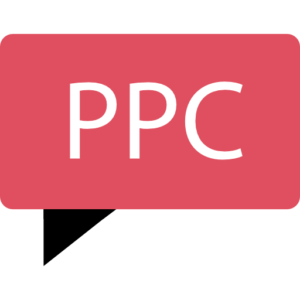How to Amplify Your Content in Four Steps

1. Use social media platforms to share your content
The B2B Survey indicates that 95% of all B2B marketers have used social networks within the last 12 months to distribute content. While the use of organic social media platforms has not changed much Year over Year, it is interesting to see that the use of YouTube increased by 5 points (65% this year vs. 60% the previous year), which is not surprising considering the rise in the use of video.
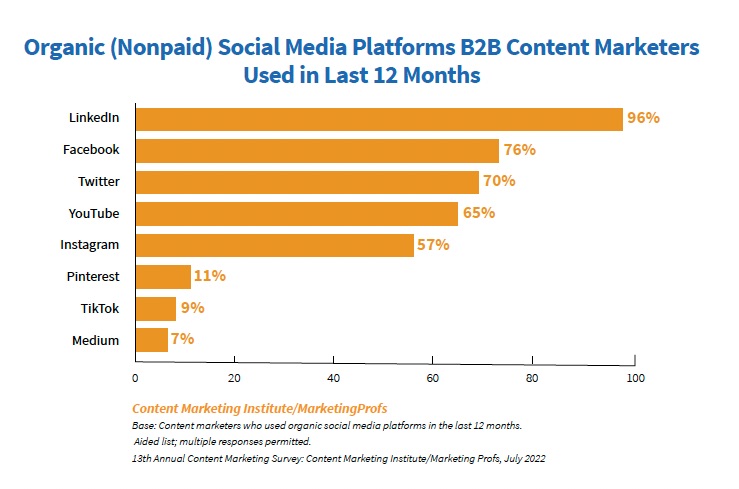
2. Use social media ads to boost your content
During the pandemic we saw the use of paid content distribution decrease from 81% to 67% as B2B companies moved money away from awareness and into mid-funnel activities like lead generation and direct advertising.
The one platform where advertisers significantly invested less money was Facebook, as the use of Facebook advertising decreased to 56% from 69% YoY.
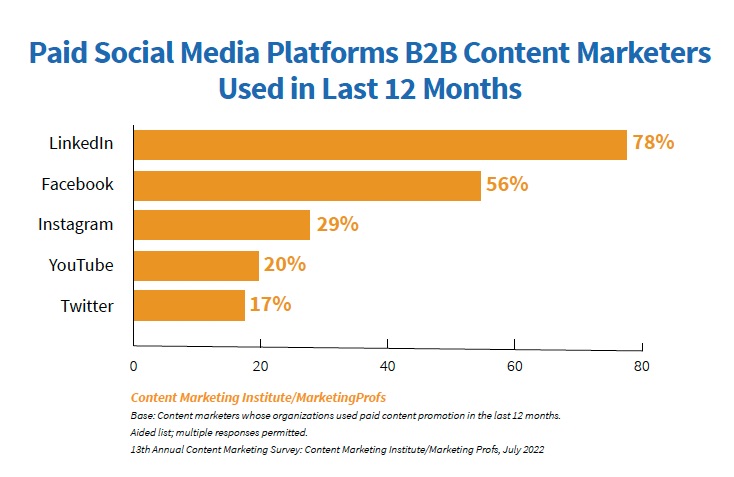
3. Use social media influencers to promote your content
The 2022 Influencer Report found that finds that 86% of B2B brands say that their influencer marketing campaigns are either moderately or very successful.
A third of businesses report influencer marketing has led to increased revenue, and 85% believe interest in working with influencers will increase in the next 12 months.
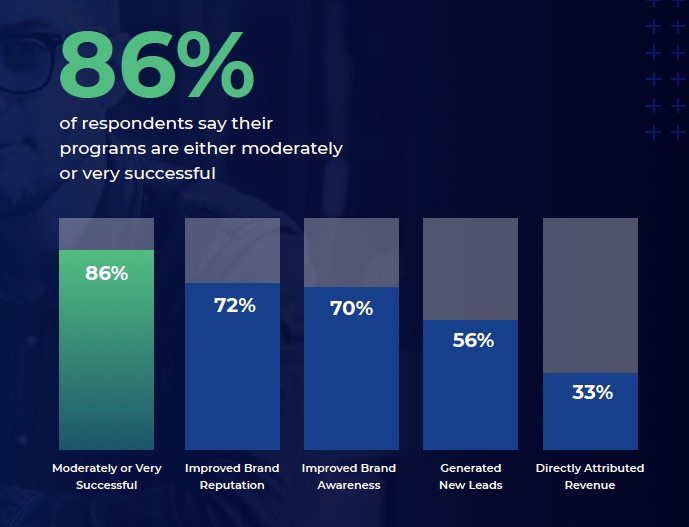
4. Use social media groups to get your content seen
LinkedIn groups are a place for LinkedIn users to gather around a specific topic, interest, or industry. LinkedIn Groups are a great way to build relationships and grow your business and provide a space for like-minded individuals to connect with each other, share ideas, collaborate on projects, and more.
Facebook Groups on the other hand tend to be more of a private forum where members are invited into the group. These private groups provides a place where businesses can share information and promote their brand. They’re an incredibly useful tool for businesses to get feedback from their customers and grow their audiences.
Conclusion
Recent Posts
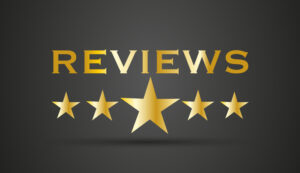
The Power of Online Reviews for Small Businesses
The Power of Online Reviews for Small Businesses As a small business owner, you may be wondering why online reviews are so important. Online reviews

Five Most Important SEO Metrics
The Five Most Important SEO Metrics I recently came across the HubSpot State of Marketing report which showed how companies measure the success of their
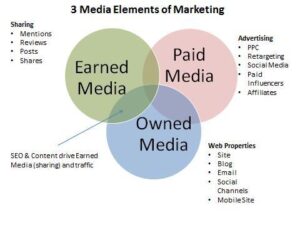
The Three Traffic Sources For Startups
The Three Traffic Sources For Startups I was recently re-reading Randall Stross’s book, The Launch Pad: Inside Y Combinator, Silicon Valley’s Most Exclusive School for

SEO: The Key to Sustainable Business Growth
SEO: The Key to Sustainable Business Growth Search Engine OptimizationIn today’s digital landscape, businesses can no longer afford to underestimate the power of search engine
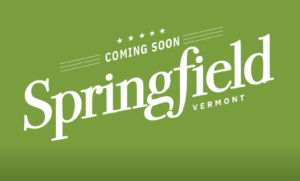
Vermont Web Design
Springfield802.com Partners with Braveheart Digital Marketing to Enhance Online Presence Springfield802.com, the premier digital platform for Springfield, Vermont, today announced a partnership with Braveheart Digital

AI In Digital Marketing
Mastering AI in Digital Marketing Today, the digital world changes fast, thanks to new tech. In this landscape, Artificial Intelligence (AI) is a big deal,

